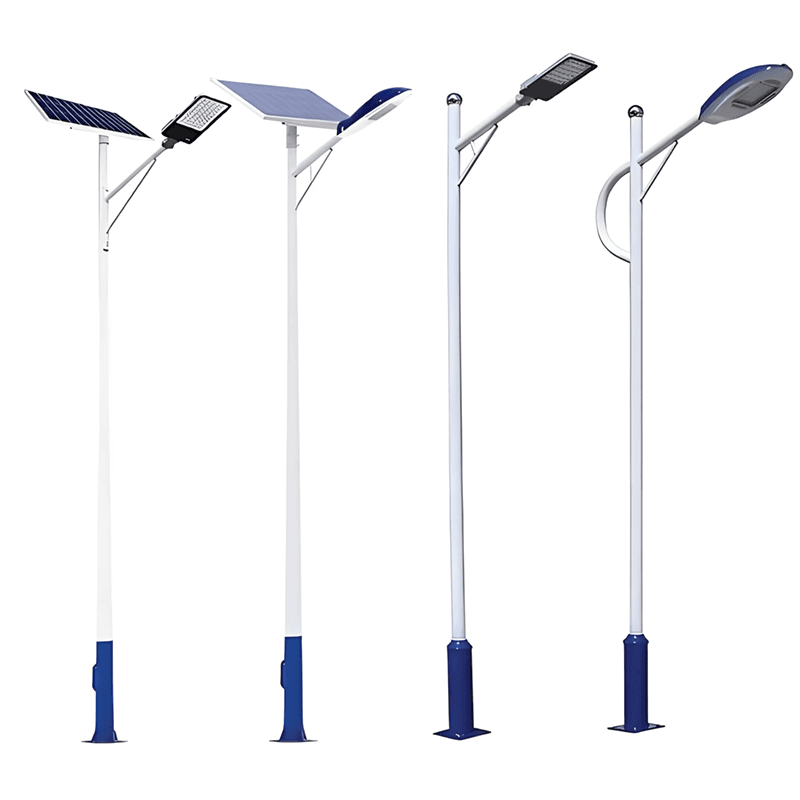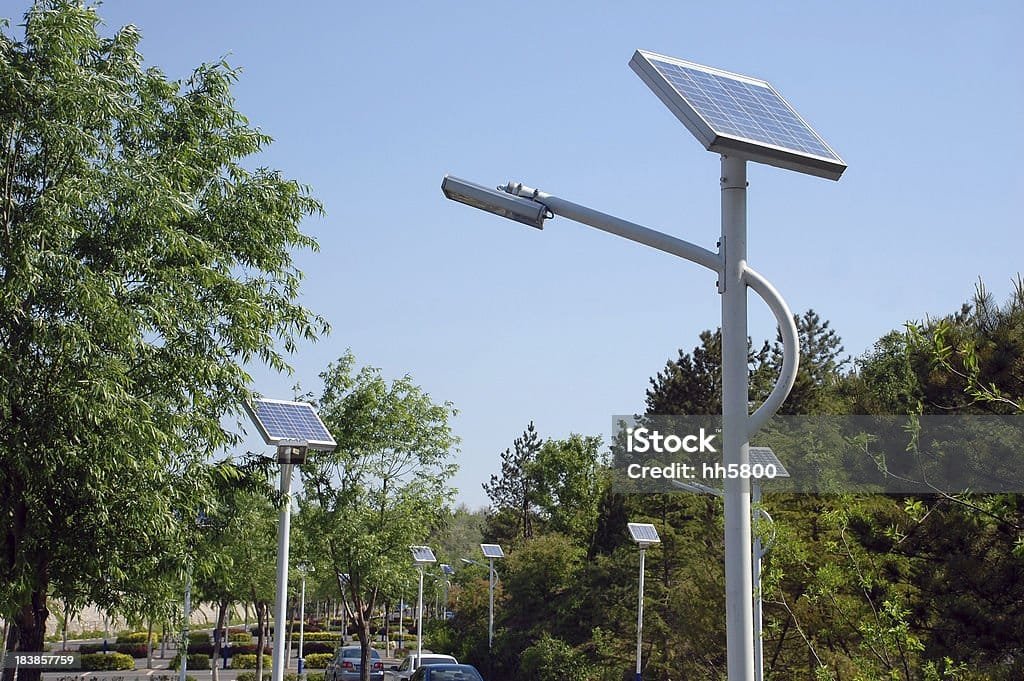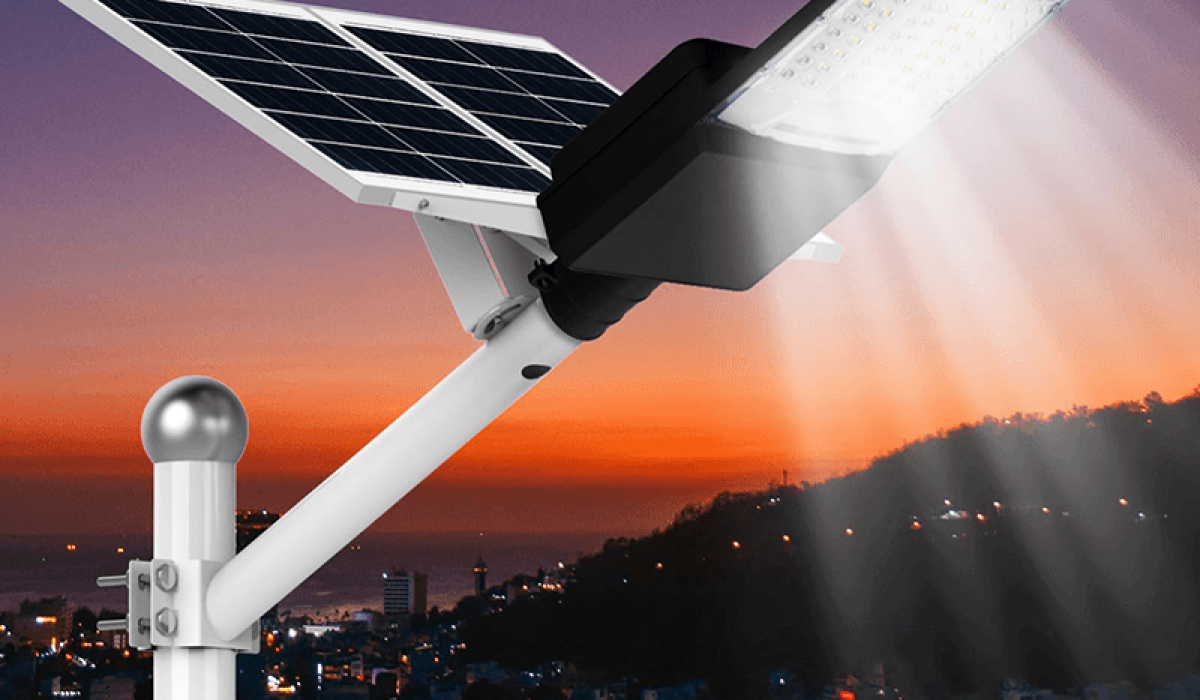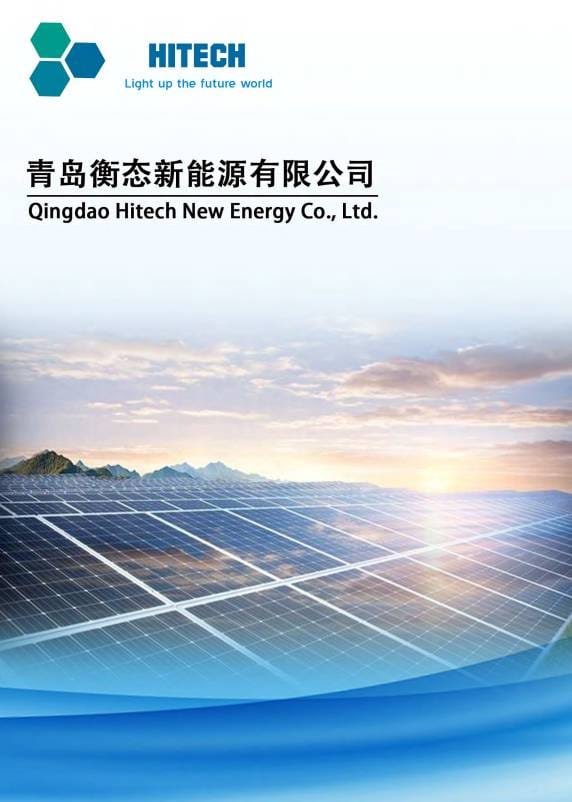Have you ever invested in solar street lights only to find they don’t perform as expected? Maybe the lights don’t stay on through the night, or maintenance costs keep piling up. These frustrations are often caused by preventable installation errors. Ignoring these details not only wastes money but also undermines the benefits of solar lighting entirely.
Improper installation of solar street lights leads to poor performance, higher costs, and safety risks. By addressing errors like misaligned panels, weak foundations, and faulty wiring, you can ensure long-term reliability and efficiency.
Let’s identify these common mistakes and show you how to avoid them, ensuring your investment in solar lighting pays off.
1. Misaligned Solar Panels: Wasting Free Energy
The purpose of solar street lights is to harness sunlight efficiently. But when panels are installed at the wrong angle or in shaded areas, the system generates less power than required. This results in lights that dim prematurely or fail during peak hours.
Pain Point:
You expect consistent lighting, but poor solar panel alignment leaves you with patchy illumination, frustrated customers, and frequent complaints.
Solution:
Ensure panels are positioned to face maximum sunlight exposure with the correct tilt angle. Conduct a thorough site survey to avoid shaded areas caused by trees or buildings.

2. Weak Foundations: Risking Safety and Longevity
Solar street lights must endure harsh weather conditions, including strong winds and heavy rain. Weak or improperly constructed foundations can cause the poles to tilt or even collapse, posing safety hazards and requiring costly repairs.
Pain Point:
Imagine the embarrassment and liability of a fallen streetlight in your community or project site—it’s not just a repair issue, it’s a public safety risk.
Solution:
Follow manufacturer recommendations for foundation depth and material quality. Use reinforced concrete and test the stability before completing the installation.
3. Exposed Batteries: Cutting Lifespan in Half
Batteries are the heart of solar street lights, but improper protection during installation can lead to overheating, water damage, or theft. These factors drastically reduce battery efficiency and lifespan, leading to frequent replacements.
Pain Point:
Replacing batteries every few months is not just expensive—it disrupts operations and diminishes trust in your infrastructure’s reliability.
Solution:
Use weatherproof and insulated battery enclosures. Position them in shaded, secure locations to protect them from heat, rain, and tampering.
4. Faulty Wiring: A Recipe for Malfunction
Incorrect wiring is a common mistake that causes short circuits, power loss, or inconsistent performance. Improperly sealed connectors expose the system to moisture, leading to long-term damage.
Pain Point:
You install solar street lights expecting hassle-free performance, but loose wires or electrical failures leave you dealing with downtime and repair costs.
Solution:
Invest in professional installation and use high-quality waterproof connectors. Double-check polarity and ensure all connections are secure.

5. Skipping Testing: Blind to Hidden Flaws
After installation, many systems fail because they were never tested thoroughly. Light sensitivity settings may be off, or the battery may not be charging to full capacity. These problems often go unnoticed until the lights fail during operation.
Pain Point:
Discovering problems after installation forces you to spend more time and money troubleshooting issues that could have been fixed from the start.
Solution:
Run a full 24-hour test after installation. Ensure lights are calibrated to local conditions, including sunlight availability and traffic patterns.

6. Using Substandard Components: Short-Term Savings, Long-Term Losses
Low-quality batteries, panels, or LEDs might save money upfront, but they come with higher maintenance costs and frequent replacements. Poor durability also increases the risk of system failure.
Pain Point:
Every repair erodes the trust of stakeholders and users, and you’re stuck explaining why the system isn’t working as promised.
Solution:
Choose components from reputable manufacturers with proven reliability. Check for certifications and warranty support to ensure quality.
7. The Cost of Neglecting Installation Standards
Skipping proper installation standards leads to frequent breakdowns, higher maintenance costs, and frustrated end users. You may find yourself spending more on repairs than you initially saved by cutting corners.
Pain Point:
You wanted a cost-effective, low-maintenance solution, but poor installation practices leave you grappling with constant headaches and an unsatisfied audience.
Solution:
Partner with experienced professionals, follow detailed installation guidelines, and allocate time for quality checks to ensure smooth operation from the start.
Conclusion
Solar street lights are a powerful solution for modern lighting needs, but only if installed correctly. Misaligned panels, weak foundations, and poor wiring are preventable errors that can cost you time, money, and credibility. By focusing on quality and precision during installation, you’ll unlock the full potential of solar street lighting—efficient, reliable, and long-lasting. Don’t let avoidable mistakes dim the success of your project.


